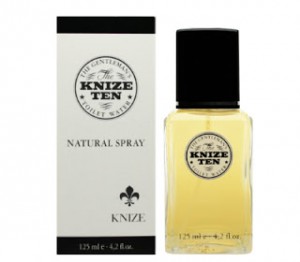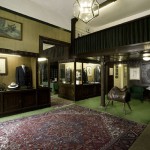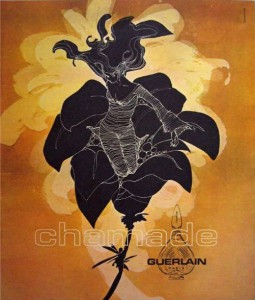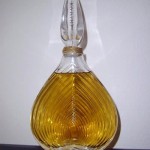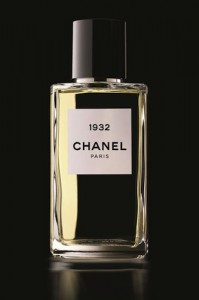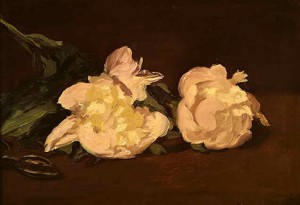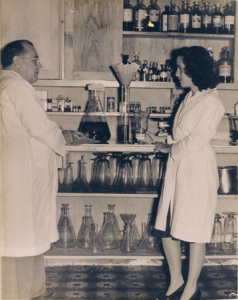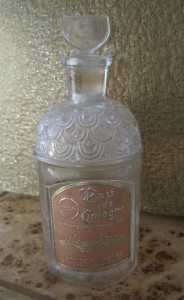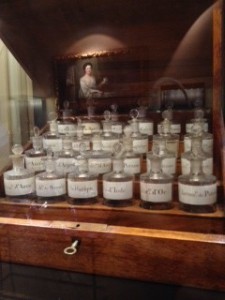Knize Ten
I have found that some of my most passionate and enduring olfactory affairs have started out on an intense note along the lines of “what IS that?” While I am by no means drawn to flash, there are those fragrances whose openings are so unique as to create an indelible imprint, one that I often crave to smell again and again once the initial blast has subsided and the more delicate drydown commences. Like the sultry stranger who catches your eyes across the room with a smoldering glance, only later to become your devoted and domesticated bedfellow, so it is with Knize Ten.
Knize Ten is one of several fragrances introduced by the Knize fashion design house out of Austria. The fragrance made its debut in 1925 and is still in circulation. The current version is by most accounts fairly true to the original vintage version, making it a gem among fragrances. Indeed, even the clean and simple design of the bottle and crisp black and white packaging are both timeless and supremely modern. While Knize Ten (roughly pronounced kuh-knee-shuh) features the byline of “The Gentleman’s Toilet Water”, it is largely a misnomer, since it is not particularly “gentlemanly”, nor does it suffer from poor staying power. In fact, the opening notes of this reference leather fragrance are slightly reminiscent of a leather bomber jacket strutting around a gas station. Small wonder then that this was rumored to be the signature fragrance of none-other-than James Dean.
Knize Ten starts out with a slightly bitter citrus note of bergamot and petitgrain (derived from the leaves of the bitter orange tree), which to my nose has a greener smell further enhanced by a savory note of rosemary. The opening is potent and somewhat suggestive of gasoline. While this may sound off-putting, it is this very unique introduction to what ultimately becomes a warm and somewhat powdery vanillic leather, that I find most appealing. While the dry heart note is largely woody, for me the most prominent notes are a sharp patchouli and green jasmine which reinforce the rich leather aspect. While the Knize Ten “gentleman” may come on rather strong initially, he quickly shows his soft side. The sharpness of the leather is smoothed out by orris and deepened by ambergris and castor which lend it a slightly animalic, body smell. While François Coty and Vincent Roubert designed this as a men’s fragrance to accompany the elegant and slightly off-beat bespoke designs of Knize, this can easily be worn by a woman in the style of a Tabac Blond. The bracing opening and softening drydown feel like a lingering embrace from a not-so-gentlemanly gentleman.
Ultimate Leather
Notes: Lemon, bergamot, orange, petitgrain, rosemary, geranium, rose, cedar, orris, carnation, cinnamon, orange blossom, sandalwood, leather, musk, moss, patchouli, ambergris, castoreum and vanilla.

